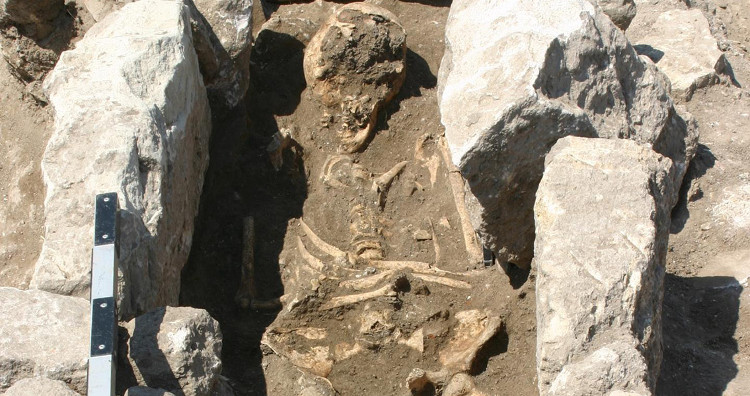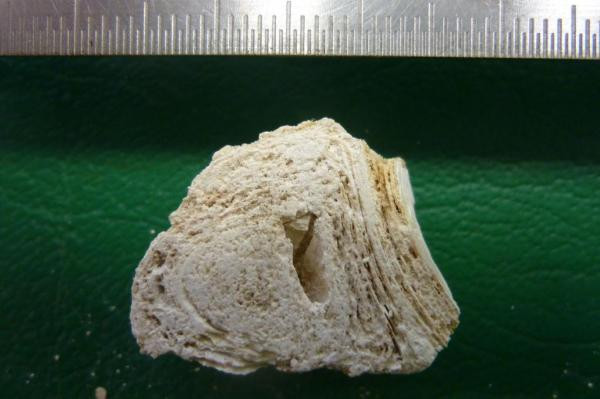The 800-year-old skeleton contains 'ghost cells' of deadly bacteria
The skeletal nodules of a woman contain "ghost cells" with intact DNA after nearly 1,000 years of deadly bacteria.
Archaeologists unearthed the skeleton of a 30-year-old pregnant woman at the graveyard in Anatolia, Turkey. On the ribs at the bottom of the woman's chest appeared strange nodules , according to the International Business Times.

Skeleton of 30-year-old woman unearthed at the graveyard in Anatolia, Turkey.(Photo: Gebhard Bieg).
The method of carbon analysis shows that nodules are dated about 790 to 860 years ago. After excluding tuberculosis that caused them, Caitlin Pepperell, an epidemiologist at the University of Wisconsin-Madison, USA, cut the nodule to study.
The results showed that the nodules containing the "ghost cells" of the bacteria killed the woman. These ghost cells, or microscopic fossils, are Staphylococcus saprophyticus (often causing urinary tract infections) and Gardnerella vaginalis (infection of the fetus).
In addition, Pepperell found male DNA preserved in nodules. This indicates the woman who is pregnant with a baby boy at the time of the infection. The DNA of a boy and the DNA of this killer bacterium remain almost intact after nearly 1,000 years. The results are published in the eLife magazine on January 10.

Cross section of one of the nodules on the woman's ribs.(Photo: Pathologie Nordhessen).
Pepperell said that usually only about 1% of ancient bacterial DNA persists after 800 years, but in nodules on the bones of women, this number is up to 31-58%.
"The way DNA is preserved is very interesting. The quality of the genetic data is still very good," Pepperell said.
- Close up of beautiful deadly bacteria surprised
- Deadly bacteria attack Europe again?
- What kind of bacteria can kill hundreds of millions of people coming out from the North Pole?
- The 1,300-year-old twisted skeleton made the archeology confused
- Detecting fossil bones legendary ghost clam dog higher than 2m
- Ghost images of the world famous
- Discovered a 3,500-year-old male and female skeleton in the fist position
- Bacteria more than three billion years old hide in the cave
- The most toxic and strange forms of bacteria on the planet
- Bacteria help put drugs into diseased cells
- Bed sheets can become a gathering place for scary bacteria!
- The first case of Down syndrome in human history
 Discovered an ancient centipede fossil 99 million years old
Discovered an ancient centipede fossil 99 million years old Discovered bat-like dinosaurs in China
Discovered bat-like dinosaurs in China Discovered a 200-year-old bronze cannon of the coast
Discovered a 200-year-old bronze cannon of the coast Discover 305 million-year-old spider fossils
Discover 305 million-year-old spider fossils